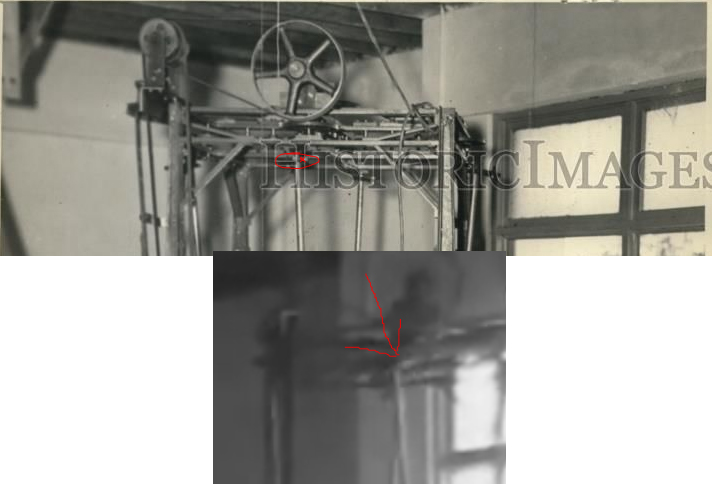Originally posted by h2ocommuter
View Post
Looks like you have 5 power units around the central support.
Just curious why you choose an odd number.
Skinner's machine has 4 so the off center weights across from each other balance things out. will yours do that?
I agree alignment is important.
I think the input lever rod gimbal must be directly over the bearing under the universal joint at the bottom.
What motion are the tops of the input lever rods making through the air?
Keep up the good work.
Tom
 )
)







Comment